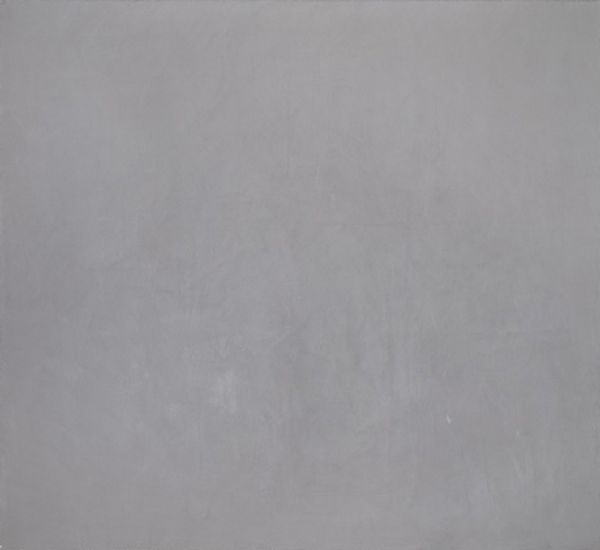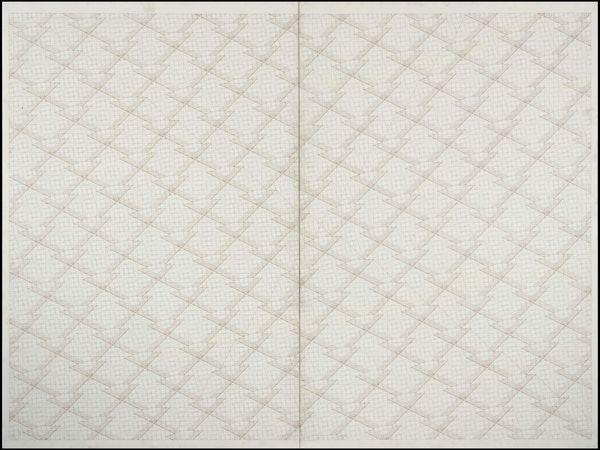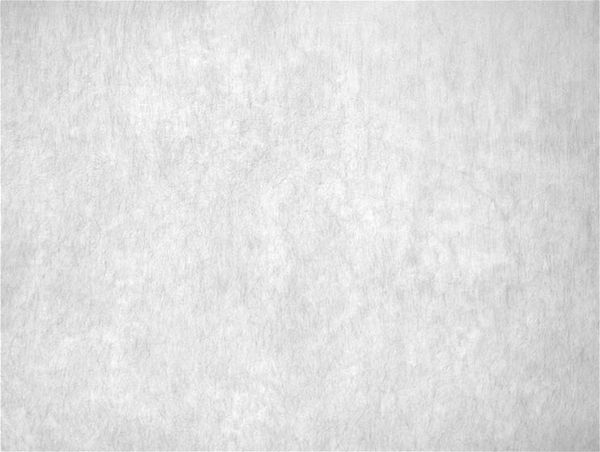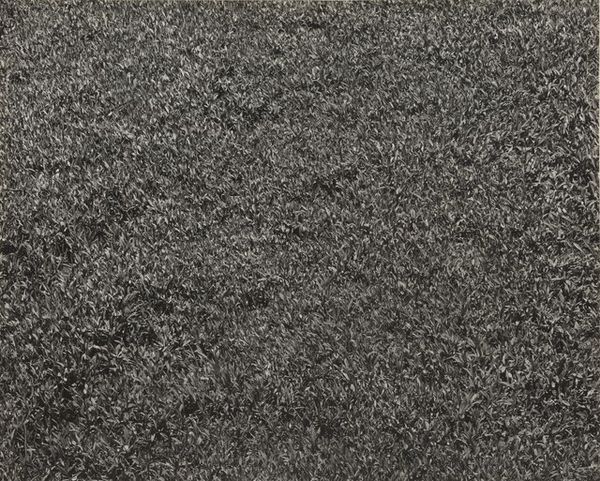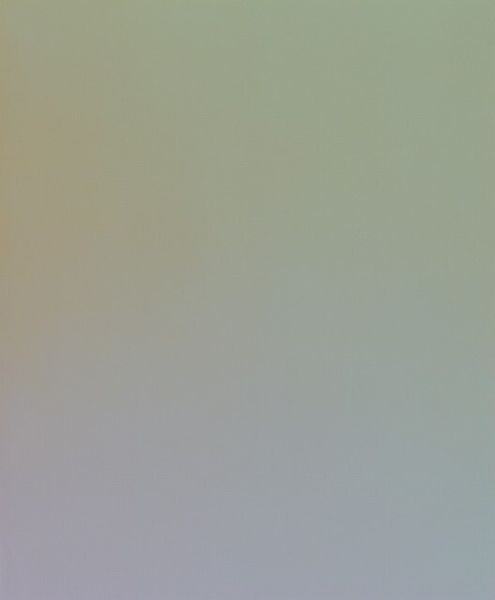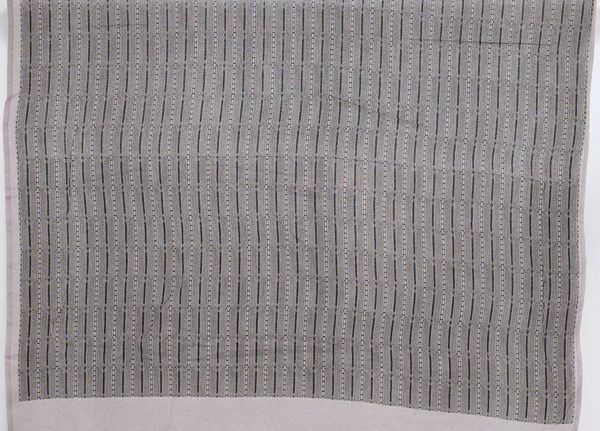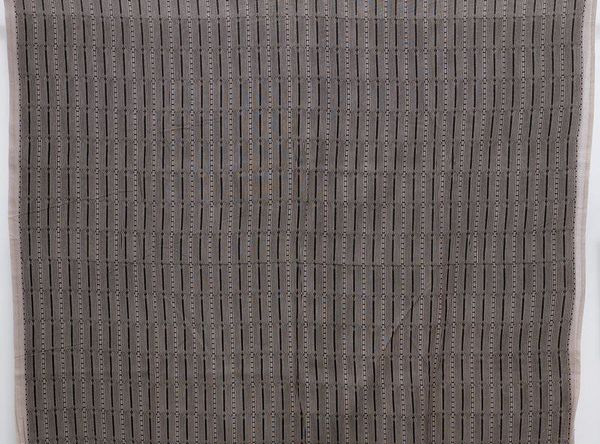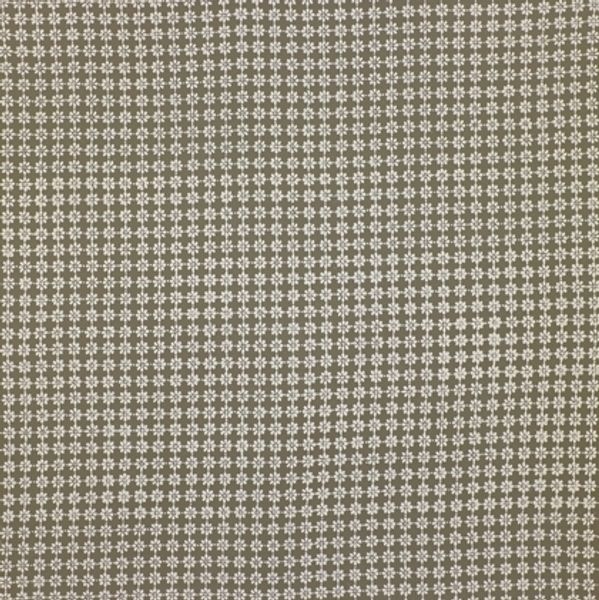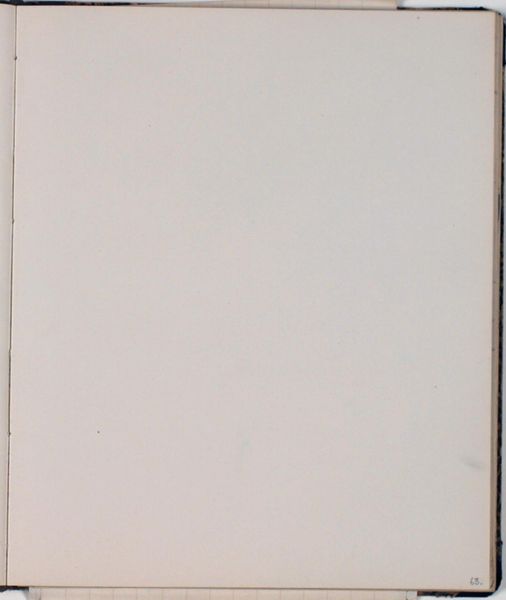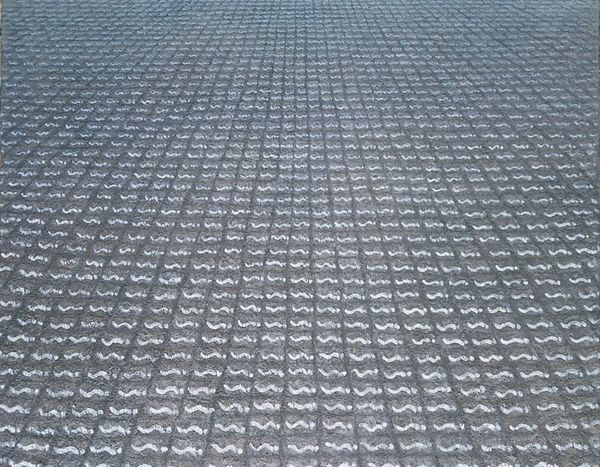
#
geometric
#
abstraction
#
line
#
texture
#
modernism
Copyright: Xu Hongming,Fair Use
Editor: This is Xu Hongming's "Extensible Rhyme Group White Ash No. 3," created in 1998. The geometric pattern is so subtle; it gives the whole piece an almost meditative quality, doesn't it? How do you interpret this work? Curator: The delicate lattice brings to mind a woven textile. The repeated pattern evokes the grid systems prevalent in many cultures, acting as a foundation for societal structures, even cosmological mappings. How might the artist be commenting on systems and the individual’s place within them? Editor: I see what you mean. There's a kind of inherent tension, right? This very ordered image also looks very organic. Is this kind of contradictory tension common in abstract art? Curator: It is. Abstraction allows artists to explore those liminal spaces. The "rhyme" in the title also suggests repetition, yet each cell of the matrix is unique. Does that repetition evoke feelings of harmony or perhaps a feeling of being trapped by the similar yet individualized forms? Editor: Harmony, I think, mostly because it’s also called "extensible," meaning it can grow... Maybe this image isn't a symbol of one structure or belief, but the potential of any structure if it stays open to reinterpretation and growth? Curator: Exactly! Xu offers us not just a visual experience but an invitation to consider the deeper meanings embedded in patterns and how we relate to those systems. The piece seems to ask: What if every rule and structure offers not only boundaries, but the very ground from which innovation emerges? Editor: It is incredible how much thought an artwork can spark, even one that seems so simple. Thank you. Curator: A pleasure to have shared thoughts with you.
Comments
No comments
Be the first to comment and join the conversation on the ultimate creative platform.

